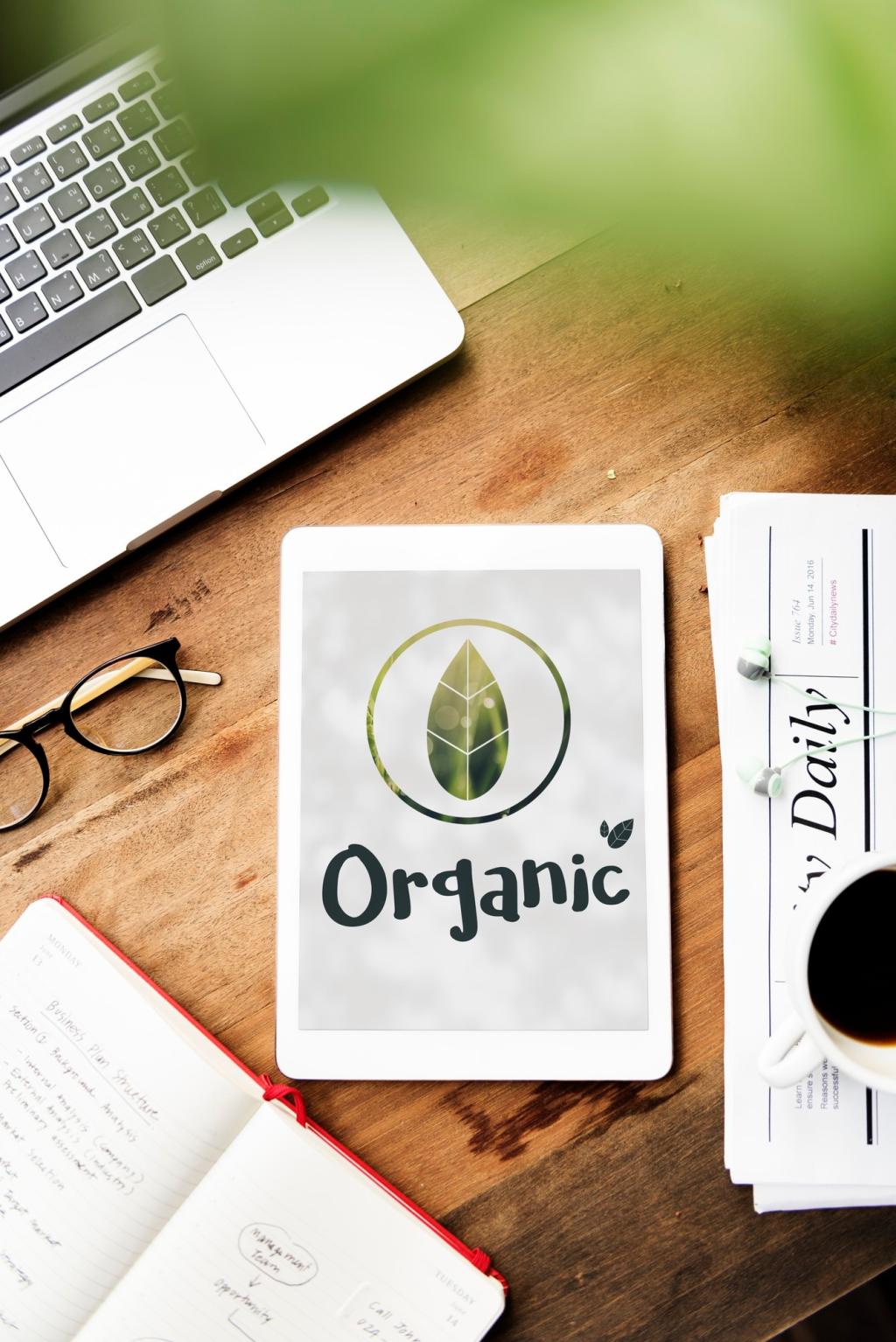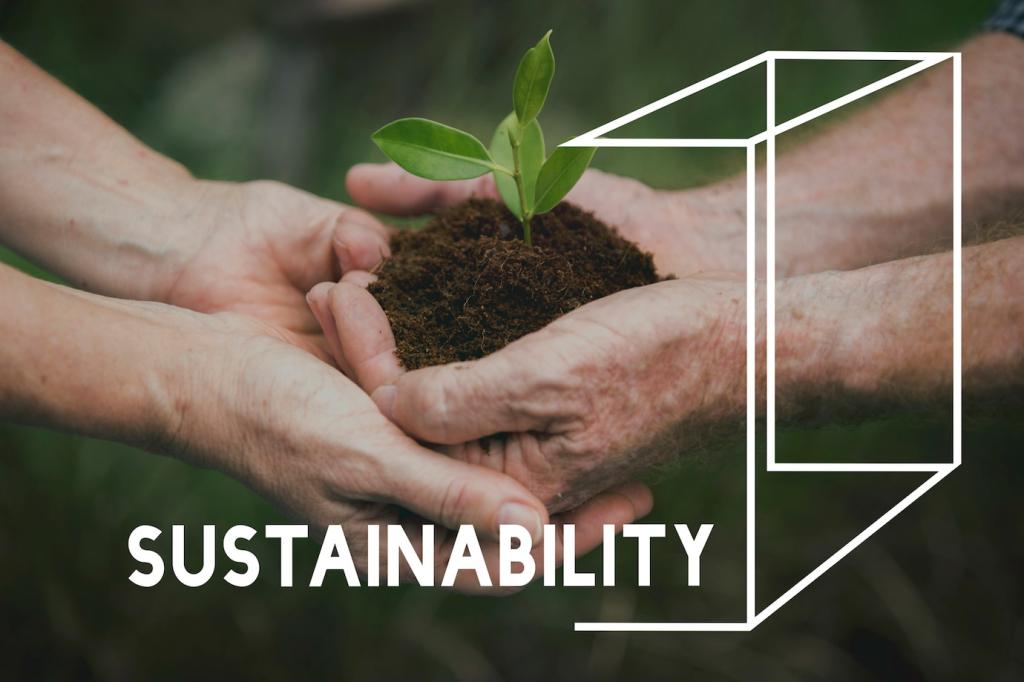
Sustainable Supply Chain Practices in Furniture: From Forest to Home
Chosen theme: Sustainable Supply Chain Practices in Furniture. Explore how responsible materials, ethical labor, and low-carbon logistics come together to create furniture you can feel proud to bring home. Join the conversation and help shape a greener industry.
Mapping the Responsible Journey
Traceability from stump to seat
Great sustainability begins with great traceability. Digital batch IDs, chain-of-custody paperwork, and scannable tags follow timber, hardware, and fabrics across suppliers, ensuring materials match commitments before designs ever reach production lines.


Ethical sourcing commitments
Clear procurement standards prevent deforestation, protect high conservation values, and uphold indigenous rights. Contracts specify geographies, species, and certifications, while grievance mechanisms and escalation paths ensure promises don’t remain words on a page.
Materials and Certifications That Matter
Certified wood and beyond
FSC and PEFC certifications signal responsible forest management, while reclaimed timbers conserve resources and add character. Species selection matters too, balancing durability, growth rates, and biodiversity considerations across entire product portfolios.
Safer finishes, glues, and foams
Water-based finishes, low-VOC adhesives, and formaldehyde-safe engineered panels protect workers and indoor air. GREENGUARD and similar labels verify emissions, while alternative foams explore bio-based content without compromising comfort, resilience, or long-term safety.
Upholstery with lower impact
Recycled polyester and wool blends offer durability with a smaller footprint. Innovative yarns from ocean-bound plastics and PET bottles reduce waste, while natural dye techniques cut hazardous chemistry and celebrate subtle, beautifully imperfect tones.

Smarter freight choices
Mode-shifting to rail and sea, consolidating loads, and planning backhauls dramatically cut emissions. Transportation management systems model scenarios in advance, selecting the cleanest feasible path without compromising delivery windows or product integrity.

Packaging redesigned for planet
Right-sized corrugate, reusable corner guards, and modular flat-pack designs reduce damage and air in cartons. Less void equals fewer trucks, while fiber certification and recycled content make each protective layer part of the solution.

A greener last mile
Electric vans, cargo bikes in dense cities, and micro-fulfillment hubs near customers shrink the final leg’s footprint. With careful scheduling, drivers deliver more stops per charge and fewer returns through proactive appointment messaging.
Designing for Circularity and Longevity
Replaceable legs, reversible cushions, standardized fasteners, and published repair guides extend lifespans. When a table can evolve with a family’s needs, sustainability feels less like sacrifice and more like delightful, long-term flexibility.
Designing for Circularity and Longevity
Customer incentives encourage returns after heavy use. Skilled technicians replace worn components, refresh finishes, and reupholster seats, reintroducing pieces with warranties. Share your feedback if a convenient, fair take-back would inspire you to participate.
Designing for Circularity and Longevity
Certified pre-loved listings keep value in circulation. Product passports document repairs and materials, reassuring buyers. Tell us your best furniture rescue story—your insight helps shape better refurbishing standards and community-driven marketplaces.
Beyond audits, invest in dialogue, training, and grievance access. Living wage roadmaps, ergonomic improvements, and predictable hours strengthen factories and families. Ask us how brands should report progress—your expectations guide our transparency goals.

Science-based targets and LCAs
Align climate ambitions with recognized pathways, then back decisions with product life cycle assessments. These studies reveal hotspots, guiding smarter material swaps, transport modes, and design tweaks that deliver verifiable emissions reductions.
Supplier scorecards and incentives
Weighted scorecards track energy intensity, water stewardship, and injury rates. Preferred status, co-investment, and forecast stability reward leaders. Tell us which metrics you value most so our scorecards reflect real customer priorities.
